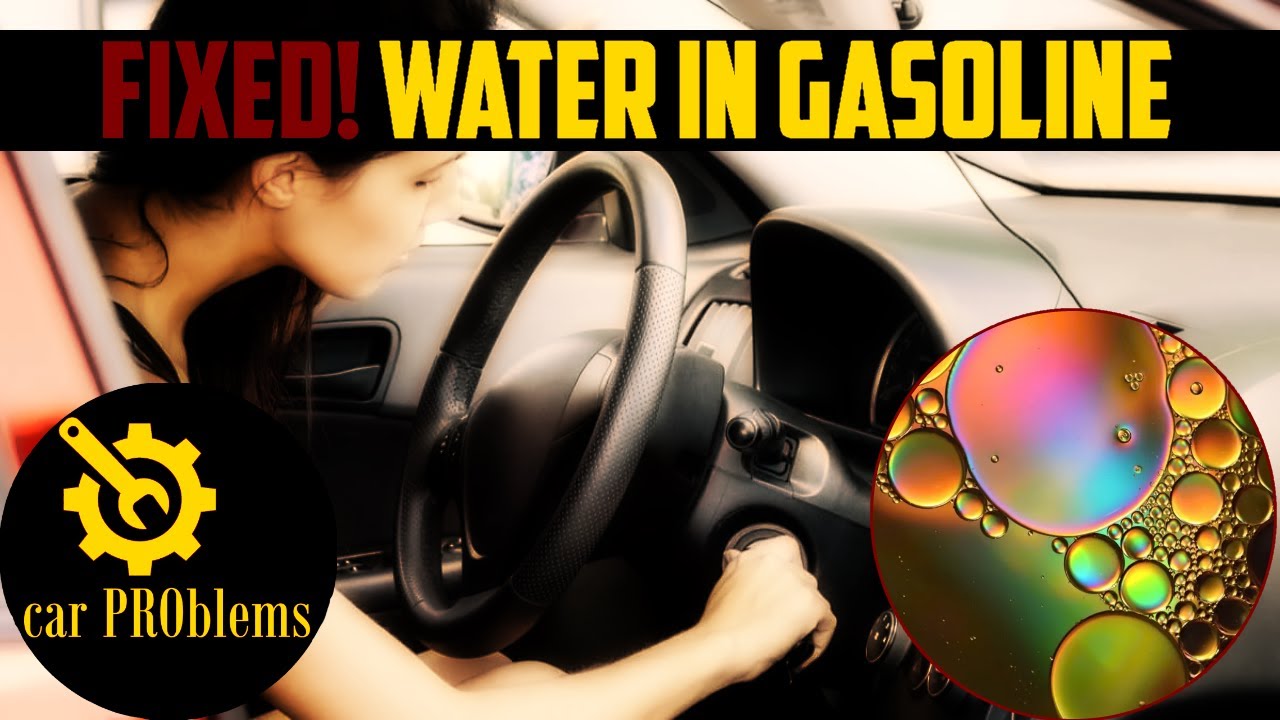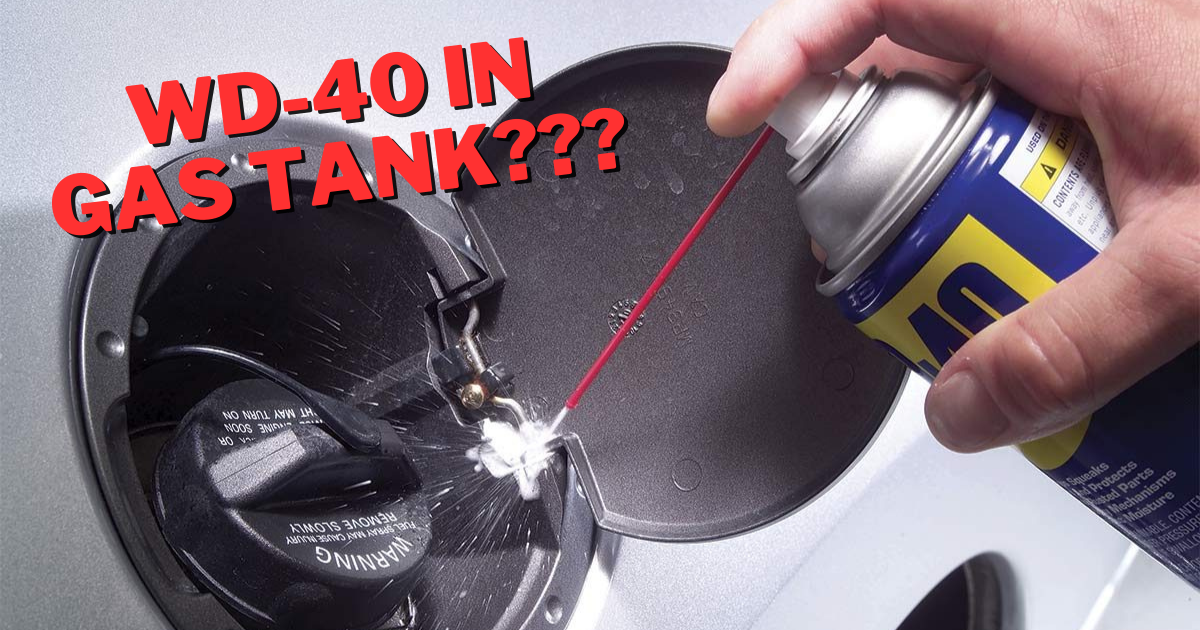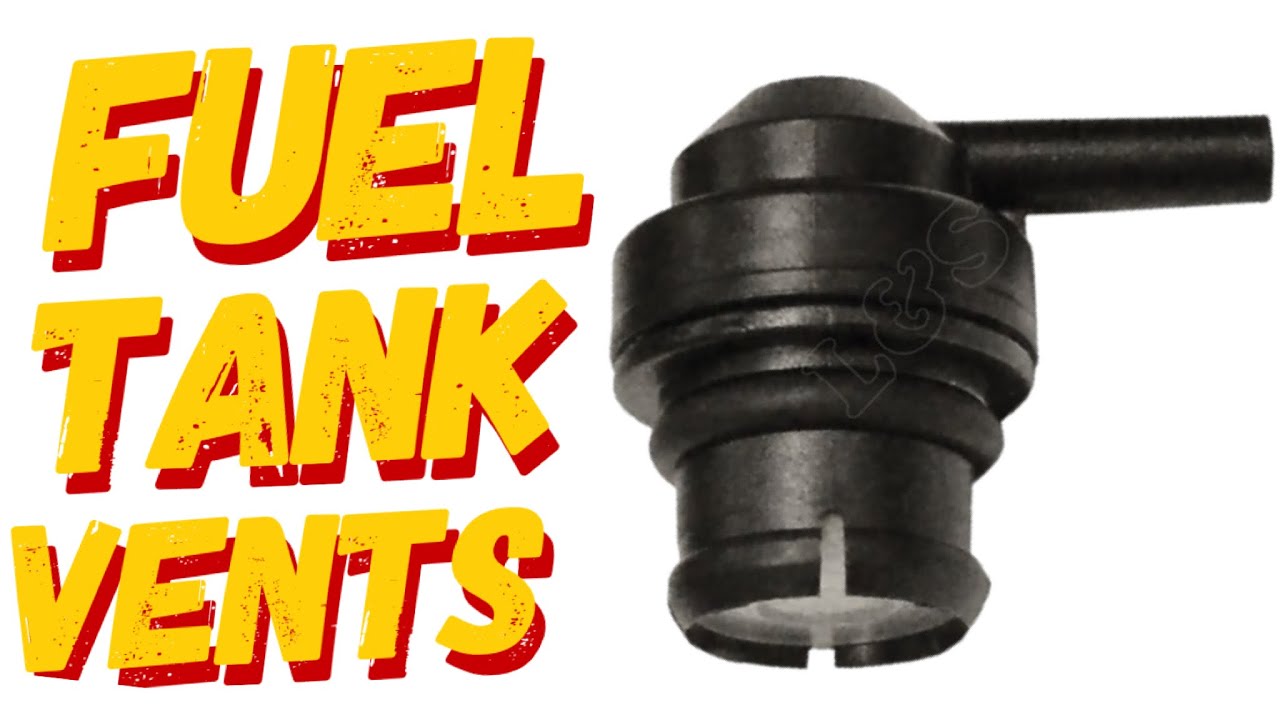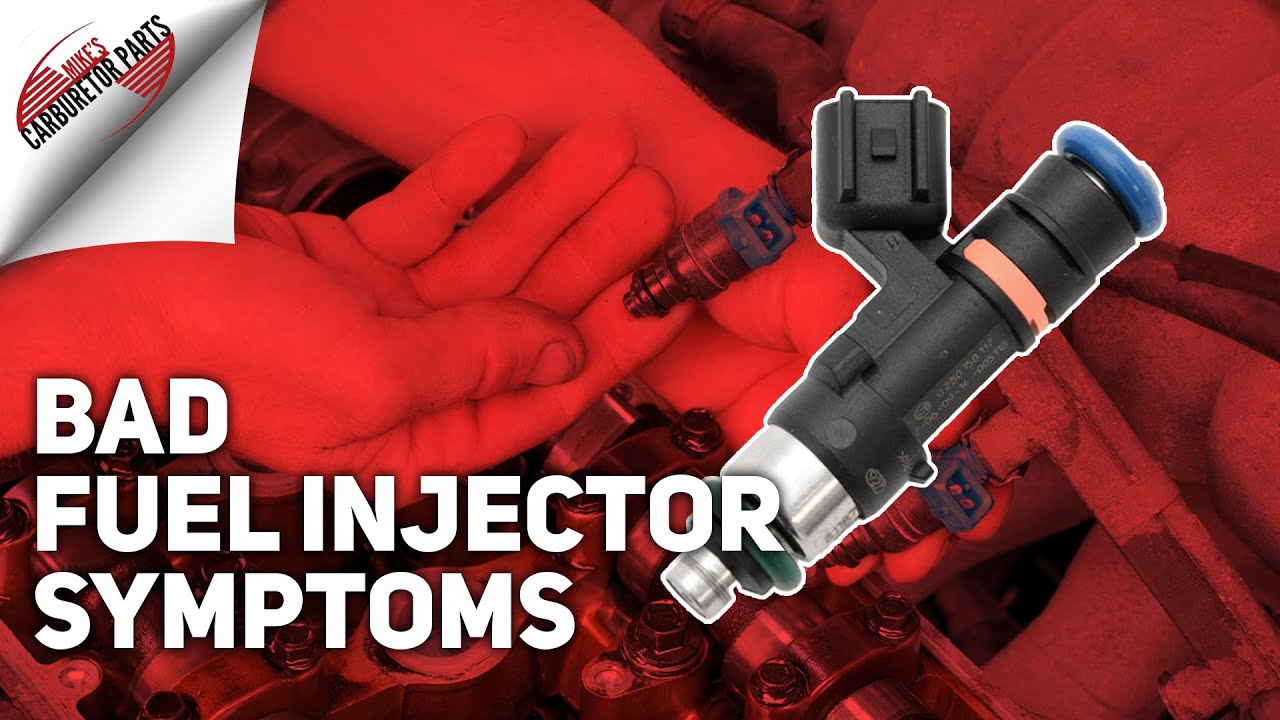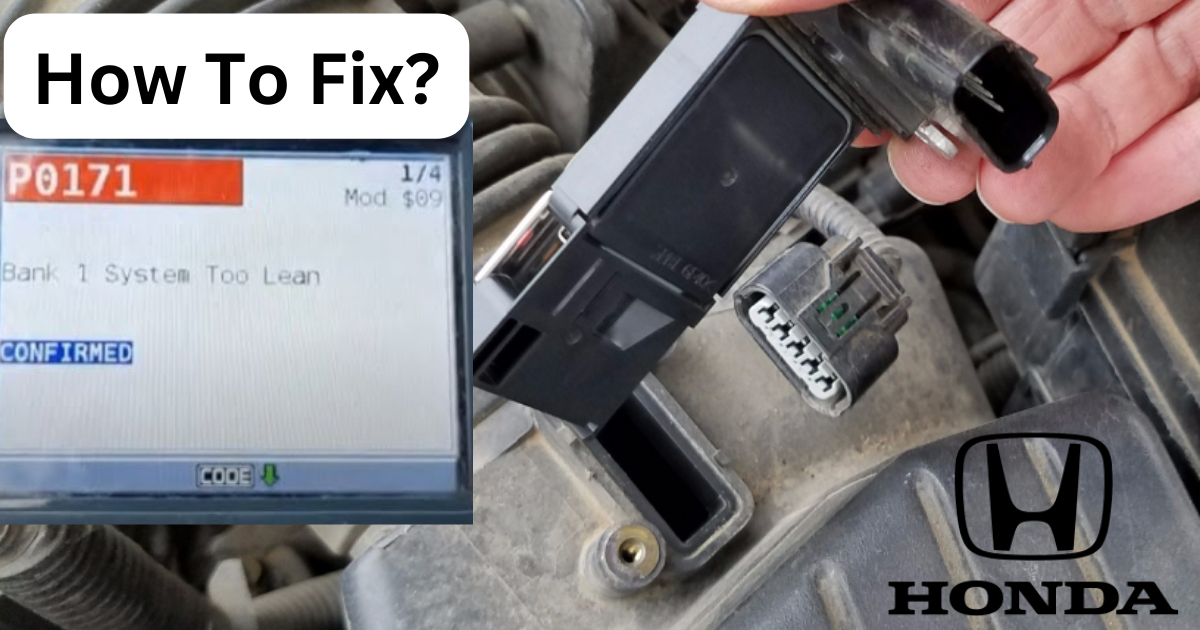Ever felt your car stutter and stumble like it’s gasping for air? Water in your gas tank might be the uninvited culprit, stealthily undermining your ride’s performance. Dive into the know-how of detecting and draining away these watery woes for a smoother journey.
If there is water in your gas tank, one of the first things you will notice is a lack of acceleration and a hesitating engine. If your car has other mechanical issues but has difficulties reaching highway speeds, you may want to check for water in the tank.
9 Symptoms of Water in Gas Tank
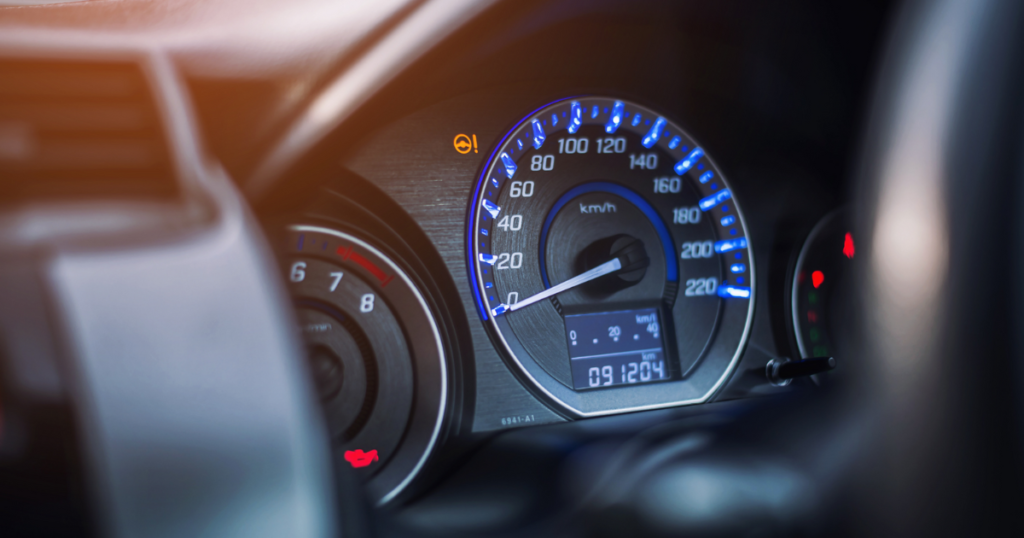
A vehicle’s fuel system is a complex network of components that work together to ensure the efficient delivery of gasoline or diesel to the engine. However, when water infiltrates the gas tank, it can lead to various issues and potentially damage the engine.
Understanding the symptoms of water in a gas tank is essential for timely detection and remediation. This article will explore the causes, detection methods, and solutions for water contamination in a vehicle’s fuel system.
1. Engine Misfire:
An engine misfire is one of the most noticeable symptoms of water in your gas tank. As the water mixes with gasoline, it disrupts combustion, resulting in an irregular engine firing sequence. Your engine may stumble, hesitate, or produce a rough idle. In severe cases, it may even stall. Removing the water from the tank and refilling it with fresh gasoline is essential to resolve this issue.
2. Rough Acceleration:
Water in the gas tank can also cause rough acceleration. When water is in the fuel system, it affects the proper fuel delivery to the engine. This disrupts the combustion process and leads to a sluggish or jerky acceleration. Cleaning or replacing the fuel filter and draining and refilling the gas tank can help alleviate this problem.
3. Decreased Fuel Efficiency:
If you notice a sudden drop in your vehicle’s fuel efficiency, water in the gas tank could be the culprit. The presence of water affects the fuel-to-air ratio and disrupts the optimal combustion process. This increases fuel consumption, reducing your vehicle’s miles on a full tank. Flushing out the gas tank and ensuring proper fuel storage can help restore fuel efficiency.
4. Difficulty Starting the Engine:
Water contamination in the gas tank can make it challenging to start your vehicle. The water can dilute the gasoline, making it harder for the engine to ignite. If you experience persistent starting problems, having your fuel system inspected and the tank drained of any water or contaminated fuel is crucial.
5. Rough Engine Performance:
Water in the gas tank can lead to rough engine performance. The presence of water interferes with the combustion process, causing the engine to sputter, hesitate, or produce unusual noises. The engine may feel sluggish and lack power during acceleration. Draining the tank, cleaning the fuel system, and using a fuel additive to remove water can help restore smooth engine performance.
6. Corrosion and Rust:
Water is a primary cause of corrosion and rust in the fuel system. Over time, if not addressed, this corrosion can damage critical components such as fuel injectors, fuel lines, and the fuel pump. To prevent or minimize erosion, it is crucial to promptly remove the water from the tank and inspect and replace any damaged parts.
7. Contaminated Fuel Smell:
If there is a significant amount of water in your gas tank, you may detect a strong odor of contaminated fuel. Water in the gas tank can give off a foul smell due to impurities and bacteria. It is essential to address this issue promptly to prevent further damage to your vehicle’s fuel system.
8. Rough Idle:
Water contamination in the fuel can also cause a rough idle. The engine operates at a lower RPM (revolutions per minute) when inactive. The presence of water can lead to misfires or incomplete combustion during this lower RPM range, causing the engine to run unevenly or roughly while idling. You may notice vibrations, shaking, or an unstable idle speed.
9. Check Engine Light:
The onboard diagnostic system in modern vehicles is designed to monitor various parameters and sensors to ensure the engine is running optimally. When water enters the fuel system and affects the combustion process, it can trigger a fault code and illuminate the check engine light on the dashboard. This warning light indicates that the engine management system has detected an issue and has stored a trouble code related to the fuel or combustion system.
What Causes Water to Form in a Gas Tank?
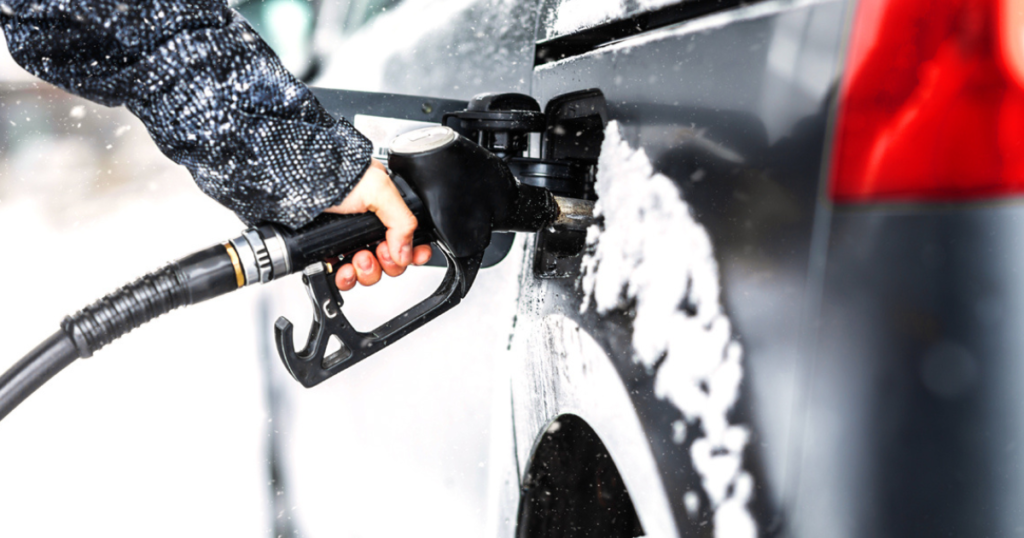
Water entering a vehicle’s gas tank can lead to numerous issues and potentially damage the engine if not addressed promptly. The presence of water in the fuel system can disrupt the combustion process and compromise the vehicle’s overall performance. The following are some common causes of water entering the gas tank and how to identify and prevent this problem.
Condensation:
Condensation is a natural process when warm air comes into contact with a more cool surface. This phenomenon can affect the gas tank, especially in areas with high humidity or significant temperature fluctuations. When the vehicle’s gas tank cools overnight or due to weather changes, moisture in the air can condense and accumulate inside the tank, introducing water.
Fueling in Rainy Conditions:
Fueling a vehicle during heavy rain or standing water near the fuel pump can lead to water entering the gas tank. If the fuel pump nozzle is exposed to water, it can introduce moisture into the tank. Water can also enter the gas tank through a poorly sealed fuel filler cap or damaged rubber seals during heavy rain.
Contaminated Fuel Supply:
Water can also enter the gas tank through contaminated fuel sources. Poorly maintained or underground storage tanks at gas stations can develop leaks, allowing water to seep into the fuel supply. Additionally, fuel distributors may inadvertently mix water with gasoline during transportation or storage, resulting in contaminated fuel reaching the consumer’s gas tank.
Faulty Seals or Gaskets:
The seals and gaskets that connect various fuel system components, including the gas tank, can deteriorate over time. Damaged or worn-out seals and gaskets can create gaps or cracks, providing an entry point for water to enter the gas tank. This issue can be more prevalent in older vehicles or those that have experienced prolonged exposure to harsh environmental conditions.
Splashback during Refueling:
During refueling, if the fuel nozzle is not correctly inserted into the gas tank or if the fuel pump is operated at high speeds, it can cause fuel to splash back. This splashback can lead to water from the fuel station’s underground storage tanks mixing with the gasoline and entering the vehicle’s gas tank.
How to Get Water Out of a Gas Tank
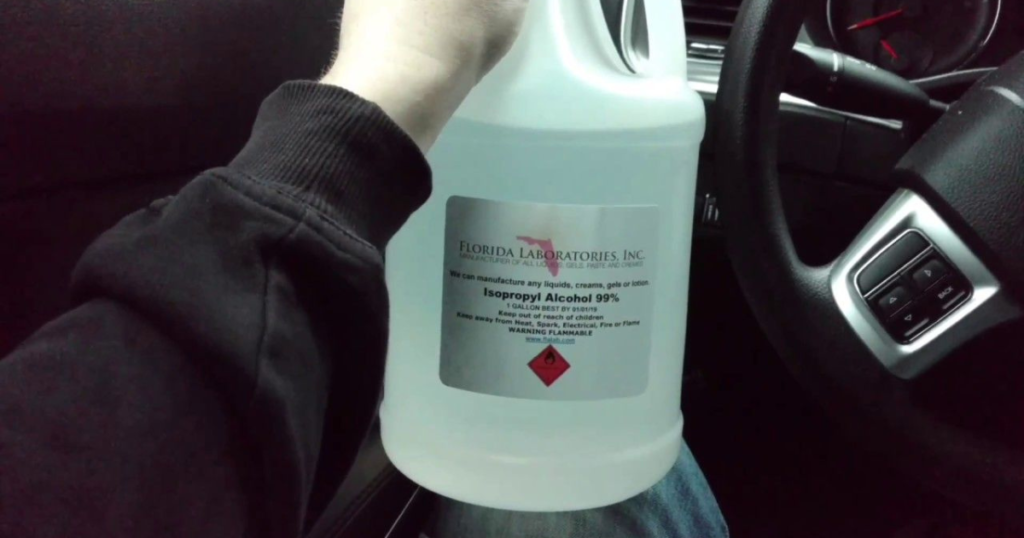
1. Drain the Gas Tank:
The first step in removing water from a gas tank is to drain the contaminated fuel. Start by locating the fuel tank and identifying the drain plug or valve, usually found at the bottom. Ensure that you have a suitable container ready to collect the drained fuel.
Next, loosen the drain plug or open the valve carefully, allowing the water-contaminated fuel to flow out. It’s crucial to avoid sparks or flames during this process, as fuel is highly flammable. Once all the water and fuel have been drained, securely close the drain plug or valve.
2. Use Fuel Additives:
After draining the tank, it’s recommended to use fuel additives specifically designed to remove water. These additives can emulsify the water, allowing it to mix with the fuel and be burned off harmlessly. Purchase a reputable fuel additive from an automotive store and carefully follow the instructions. Typically, you’ll add the recommended amount of additive to the gas tank and then fill it with fresh fuel.
The additive will work to break down the water molecules, enabling the engine to burn off any remaining moisture during normal operation. Regular use of fuel additives can also help prevent water accumulation in the future.
Conclusion
Water in a gas tank can harm your vehicle’s performance and longevity. By being aware of the common symptoms of water contamination, you can take timely action to mitigate the damage. Regular vehicle maintenance, fuel system inspections, and proper fuel storage can help prevent water from entering your gas tank.
If you suspect water contamination, it is best to consult a qualified mechanic to diagnose the issue accurately and recommend the appropriate solutions to restore your vehicle’s optimal performance.
